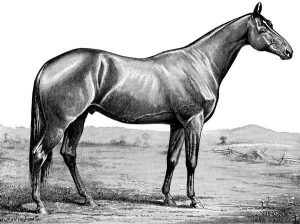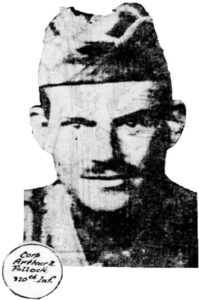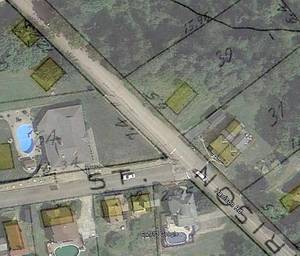
Is there a proverbial horse thief in your family tree? If you’re related to John Stewart (1821-1908), the answer is yes. John’s father was Major James Stewart, a well-respected member of the community, who served in the militia over forty years and was an elder of his church. He was also school director, tax collector, assessor, overseer of the poor, and justice of the peace.1,2
Continue reading »Footnotes- C. T. Arms and E. White, History of Indiana County Pennsylvania 1745-1880 (Newark, Ohio: John Alexander Caldwell, 1880), Page 541, Major James Stewart.
- Joshua Thompson Stewart, Indiana County, Pennsylvania: Her People, Past and Present, 2 Volumes (Chicago, Illinois: J. H. Beers, 1913), Volume I, Pages 703, 706-707.





 In a
In a 